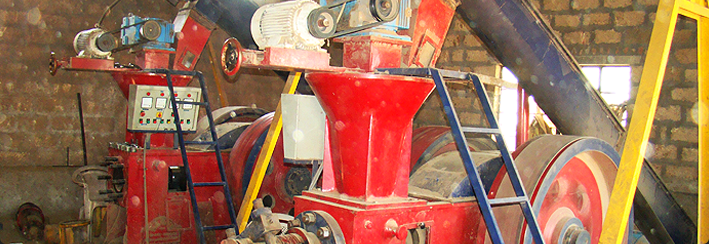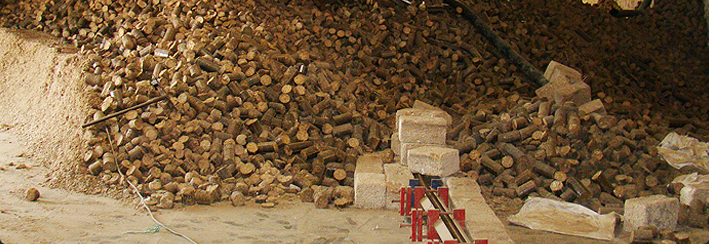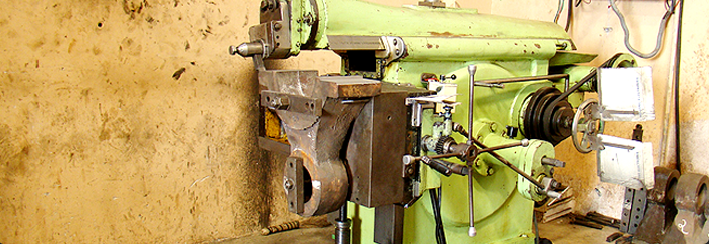
briquette manufacturing process

Manufacturing Process
- Material Like Saw Dust, Ground Nut Shells, Castor Seed Shells And All Another Raw Material Up To 25mm Size Are Supplied To The Screw Conveyor.
- When More Then One Material Is Used, Make Sure That They Are Mixed In Suitable Proportion.
- Materials With Higher Moisture Content I.e. More Then 10-12% Needs To Be Dried In Sunlight.
- Material From Conveyor Is Discharged With The Help Of Conveyor, Veram And Gear.
- Material In The Feeder Box Is Compressed By The Press, Forcing It Through Tapper Die (ram Punch) Fitted In The Die Holder.
- The Compression Raises The Temperature Of Material Which Results In Softening Of The Lignin, Inherent In Every Biomass. This Lignin Comes To The Surface And Binds The Materials Together.
- Briquettes Formed Are In The Shape Of Logs Which Are Pushed Through Cooling Tracks Under Slight Pressure For Cooling And Transport Storage Point.
- Cooled Briquettes Are Broken & Packed In Bags Or Stored In Bulk For Dispatch.
Instructions
- Briquetted Fuel Has To Be Stored In A Dry Facility In Rainy Season And By No Means Should It Come In Direct Contact With Water.
- Maximum Attainable Temperature Is 800o To 900o C by using coal.
Assurances
- "our Motto Is To Deliver Quality Product”
- One Year Warranty
- Training Provided To The Customer's At Our Research And Development Plants
- All Plant Equipments Are Supplied On Turn key Basis.
- Steadfast After Sales Services
- Readily Available Spare Parts
- Registered With IREDA
- High Quality Steel And Brass Used In Manufacturing Our Products
- Machines Are Checked At Our Own Quality Control Workshop
- 85% Production is done in house










